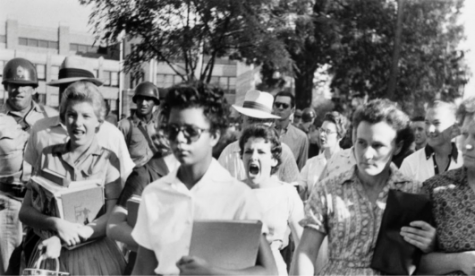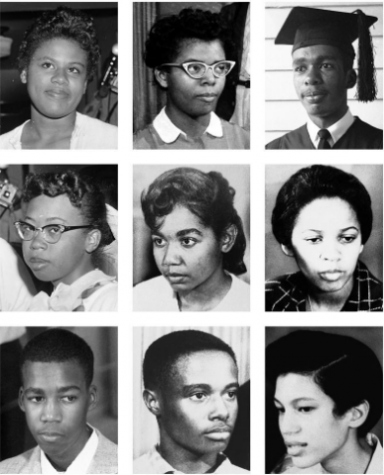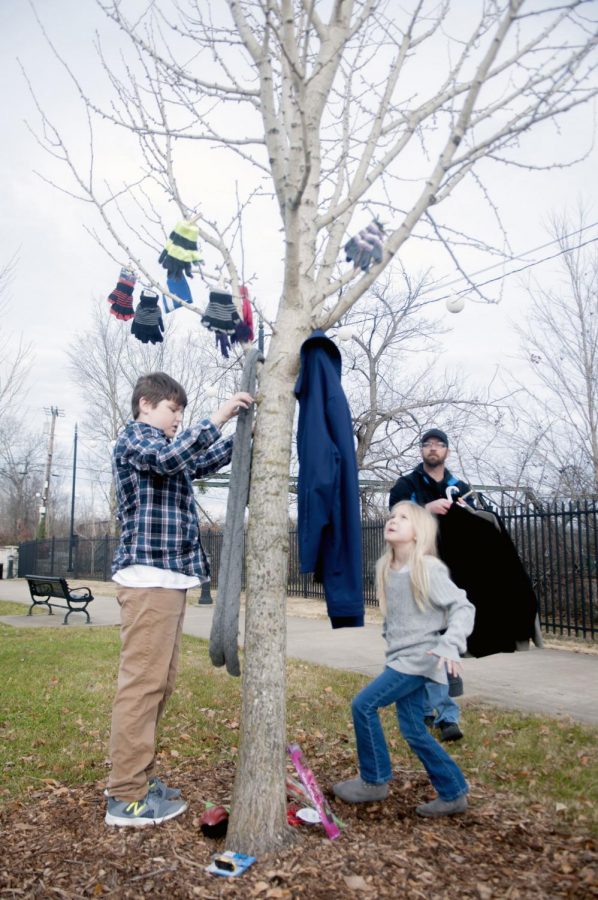This Day in History: September 25, 1957
September 28, 2020

On today’s date, the Little Rock Nine enter an all-white school known as Central High School, located in Little Rock, Arkansas. But how did these nine students get to this point, and what impact did this event make?
The Very Beginning
In the time during the 1940s to 50s, Arkansas had been known for it’s progression of desegregation, such as the University of Arkansas and a public library in Little Rock being free use for all. In 1955, however, the Supreme Court decided that integration should happen next in the high-school level (9th grade to 12th grade), despite arguments against the idea.
The choosing of the candidates began with around 517, but were finally whittled down to the chosen nine, giving them the nickname “Little Rock Nine”. The chosen nine were Minnijean Brown, Elizabeth Eckford, Ernest Green, Thelma Mothershed, Melba Patillo, Gloria Ray, Terrence Roberts, Jefferson Thomas and Carlotta Walls, all of them being black. The time they would attend classes at Central High School, however, were extended due to a blockade of National Guard units sent by the governor of Little Rock (Orval Faubas) in order to “prevent any bloodshed integration would cause”. The judge (only known as Davies) eventually decided that classes would finally take place on September 4th.
The Event
But despite the efforts of Davies, on the day of September 4th, around 400 white civilians formed a blockade when the black students tried to enter, with the help of the National Guard again under the pretenses of “stopping violence from escalating”. The argument between the governor and judge kept escalating, but after the second attempt for the Little Rock Nine to enter the school, President Dwight D. Eisenhower (the president at the time the event occurred)ordered a stand-down for the National Guard units, and after a request by the Little Rock mayor sent in several U.S. Army soldiers to take the place of the National Guard.
Finally, after 21 days of blockades and riots preventing the Nine to enter, they attended their first day of in-class schooling. However, this wasn’t the end of the harsh treatment of the students. Throughout the school year, acts of hatred, and even in some cases violence, were directed at them, involving several suspensions of both the black and white students. The governor tried to get the schools shut down for this, ordering that the three high schools be shut down rather than implement desegregation. But thankfully, in 1959, the governor’s plan was overturned, and in August of that year, high schools in Little Rock opened with black and white student attendance.
The Aftermath
The Little Rock Nine brought to light the idea of desegregation, influencing how many people wanted to have desegregation happen. Including to this, it was the first step towards desegregation, showing how it would work, and the affects of it happening, making it an example of what needs to be done, or what should be changed. All of these influences finally led up to the integration of black and white students in schools, and eventually other activities/places. The Little Rock Nine were the first step towards the entire movement against segregation, and an influential one at most.


